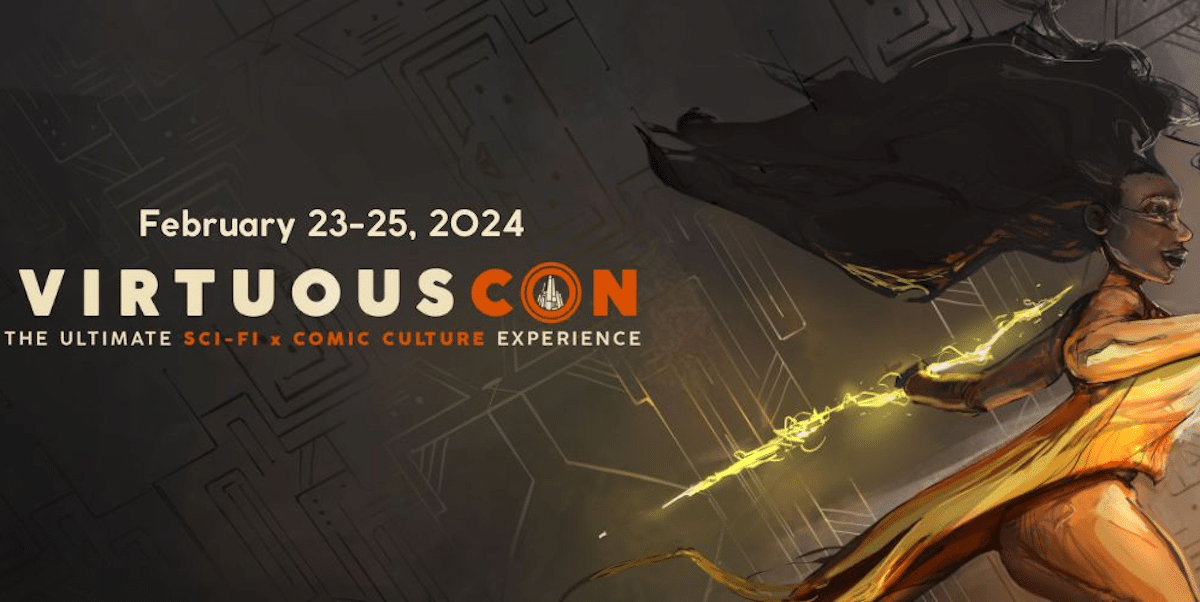by Mike Scigliano
Having a great show that features a superb guest list, awesome panels, quality exhibitors and much more is every comicon’s goal. Making sure everyone knows all that is another story. When all is said and done, if the message about your show doesn’t reach your potential audience, it all goes for naught.
It’s very important to be able to craft a message and get it out there for the public, your potential attendees, guests and exhibitors for them to consume and to be excited by. This is where a comicon’s public relations (PR) and communications strategy comes into play.
Writing a solid press release is actually pretty simple. There are a number of books out there (such as The New Rules of Marketing and PR: How to Use Social Media, Blogs, News Releases, Online Video, and Viral Marketing to Reach Buyers Directly) that can be very helpful and I certainly advise picking one up. Having a respectable press release to send out is your first step. Next you need a list of who to send your release to. You can build that by looking for websites that run similar releases, websites that cover local events, websites that covers industry news, and so on. Don’t ignore local print outlets, either. You can even try to connect with other local comicons and inquire about swapping your communications contact lists to help build both shows lists.
Another great avenue is using social media such as Twitter, Facebook, Google+ and more. And of course, make sure your release is communicated to your potential attendees. LBCHC accomplishes this by sending out regular emailers to our growing, consumer-based email list.
Another effective way to build your strategy is to research other comicons. See what information they include in their releases. Discover which sites and other outlets have run their releases in the past. In essence, examine their strategies to see what was successful and what wasn’t. You can then apply the successful aspects to your strategy.
In order to really highlight the importance of a strong PR strategy, I’ve asked AnnaMaria White of White Star Communications to answer a few questions and help clarify some things about PR and its importance. AnnaMaria is Long Beach Comic & Horror Con’s PR and Communications representative and a comic industry veteran.
AnnaMaria, can you give me a little bit of background on your career in PR?
I’ve been working in PR and communications for over ten years now, in a variety of industries including entertainment and health care.
What would you say is the most important aspect to a comicon’s PR strategy and why?
Having an awesome product always helps, but you also have to let the right people know it’s there and why they should be interested. And timing is important; because you want to give people enough warning that your product is coming, instead of dropping it on them at the last minute.
When formulating your PR strategy what should a comicon show runner keep in mind?
Who your target audiences are and how to best reach them. Also, that not everything about the show is worthy of a press release; some things might work better through social media or newsletters.
Everyone always talks about what you SHOULD do but what are some things you SHOULDN’T do when it comes to PR?
[Don’t] assume that everyone is going to care about every announcement, and as a consequence overload people with press releases. It’s important to think about how to best present each piece of news to maximize reach to the audience that cares most about it.
How important is social media in a comicon’s PR strategy in today’s environment?
Very, but it also needs to be used carefully. In a creative-driven show, such as Long Beach, social media is great because it allows guests to reach their fan base directly, and help get everyone excited for the show.
Do you have any tips you can suggests for the independent comicon show runner in order to maximize their PR strategy and still be able to stay on budget?
Hopefully without talking myself out of a job, I would recommend working with your partners. Guests, creators, exhibitors all have their own fan bases, and partnering with them to coordinate traditional and social outreach can really help augment the reach of each announcement.
As you can see, AnnaMaria gives some very good advice for comicons to follow when putting together their PR & communications strategy. Keeping these suggestions in mind while crafting your plan will help you stay on target.
Comments and questions are encouraged either below in the comments section or via twitter.
-scig
@mikescigliano
ComiCON-versation Column Archive
If you are a show runner, and want to discuss the idea of comicon show runners organization as discussed in a previous column, contact me at mscigliano[at]longbeachcomiccon[dot]com








I would add that local ‘non-comics’ media will pick up on well-written pr that arrives in the shape of a story. Often times, the person on the receiving end of your efforts will not have any real sense of context for what your event is about. You will get a lot more mileage and support if you can create a story for them to place in the entertainment section of the paper, run with on the morning broadcast, or post online. During my days in radio we got tons of really poorly written public service announcements but the stuff that was well done got air time.
Also remember that the language of the comic con will need translating to a lot of the folks you should be sending the releases to.
Comments are closed.